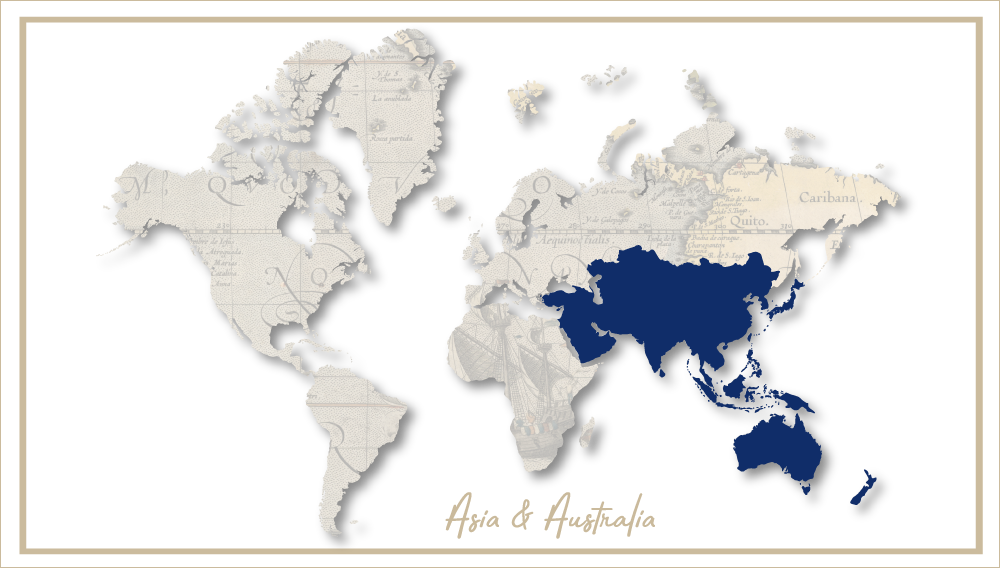Treasury Wine takes over Diageo’s wine division
What’s going on at Diageo? After selling some beer assets to Heineken, Diageo continued in its attic clearance mode by offloading the majority of assets from Diageo Wine’s U.S. and UK operations to Australia’s largest winemaker Treasury Wine Estates (TWE) for USD 625 million.
Consider this: when in 2000 Diageo acquired Seagram’s wine operations for USD 8.15 billion in a joint bid with France’s Pernod Ricard, with Diageo footing USD 5 billion of the bill, this was seen as an exciting opportunity. Fast forward 15 years and Diageo declares that wine is no longer “core” to its business. Has the realisation finally sunk in that wine is a risky business, much like aviation, defence, oil and gas?
TWE’s investors seem pleased – for the time being – that TWE has gone on the offensive after bringing the troubled Australian group, whose brands include leading Australian labels Penfolds, Rosemount and Wolf Blass, back to profitability. Only last year, TWE fought off a USD 3.2 billion takeover offer from Kohlberg Kravis Roberts & Company.
The recent acquisition, announced in October 2015, is expected to bring TWE annual cash synergies of at least USD 25 million.
TWE’s boss Mike Clarke said the deal ensured the Australian winemaker would continue to have access to high-margin luxury U.S. wine, which he believed could be sold both in America and in other regions, such as Asia.
Mr Clarke also promised to avoid the “megalomania” of the past. In 2000, TWE – which was then still part of the Foster’s Group – spent nearly USD 3 billion on the U.S. winery Beringer. Foster’s was subsequently forced to take hefty write-downs after Beringer’s earnings floundered in a North American wine market that suffered from too many grapes and too much cheap wine.
Australian media appeared satisfied that TWE had got Diageo’s wine assets at a good price, although worries remain that TWE was expanding when the global supply of wine is set to increase.
The Australian Financial Review wrote: “The good news for Treasury is that there doesn’t appear to be an immediate threat of a global wine glut. According to estimates released by Paris-based International Organisation of Vine and Wine (OIV), wine production worldwide is likely to reach 275.7 million hl this year, a marginal 2 percent increase over the output in 2014.”
“Italy has seized the crown as the world’s largest wine producer, with a 10 percent lift in its expected output to 48.9 million hl, eclipsing France (47.4 million hl), and Spain (36.6 million hl). The U.S. is the world’s fourth-largest wine producer, with output expected to reach 22.1 million hl this year.”
New World wine producers in the southern hemisphere have experienced mixed fortunes this year, observers say. Argentina is likely to see its production fall by more than 10 percent to 13.4 million hl, while Chile is forecast to reach a new record output of 12.9 million hl (a rise of 23 percent from 2014).
Australia, which is the world’s seventh-largest wine producer, is expected to keep output steady at 12 million hl, while China (the world’s ninth-largest wine producer) is expected to produce 11.2 million hl this year, in line with 2014.
Global wine consumption this year is likely to be within the range of 235.7 million hl to 248.4 million hl.
In its latest update, OIV highlighted the growing internationalisation of the wine market. In 2000 27 percent of wines consumed had crossed a border; by 2014 this proportion had increased to 43 percent.
Keywords
Australia acquisitions international beverage market mergers wine
Authors
Ina Verstl
Source
BRAUWELT International 2015


